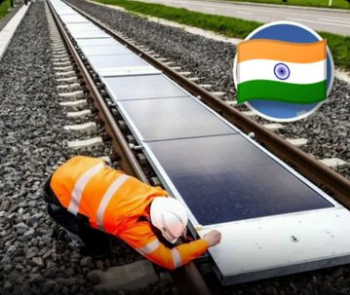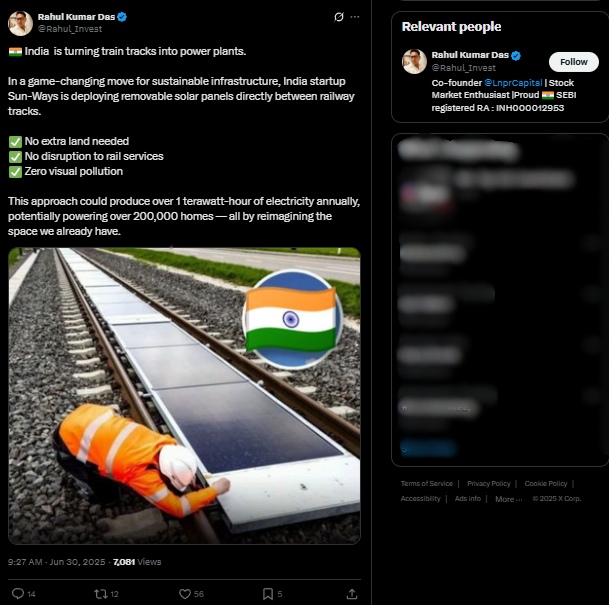Introduction
Deepfake technology, which combines the words "deep learning" and "fake," uses highly developed artificial intelligence—specifically, generative adversarial networks (GANs)—to produce computer-generated content that is remarkably lifelike, including audio and video recordings. Because it can provide credible false information, there are concerns about its misuse, including identity theft and the transmission of fake information. Cybercriminals leverage AI tools and technologies for malicious activities or for committing various cyber frauds. By such misuse of advanced technologies such as AI, deepfake, and voice clones. Such new cyber threats have emerged.
India Topmost destination for deepfake attacks
According to Sumsub’s identity fraud report 2023, a well-known digital identity verification company with headquarters in the UK. India, Bangladesh, and Pakistan have become an important participants in the Asia-Pacific identity fraud scene with India’s fraud rate growing exponentially by 2.99% from 2022 to 2023. They are among the top ten nations most impacted by the use of deepfake technology. Deepfake technology is being used in a significant number of cybercrimes, according to the newly released Sumsub Identity Fraud Report for 2023, and this trend is expected to continue in the upcoming year. This highlights the need for increased cybersecurity awareness and safeguards as identity fraud poses an increasing concern in the area.
How Deeepfake Works
Deepfakes are a fascinating and worrisome phenomenon that have emerged in the modern digital landscape. These realistic-looking but wholly artificial videos have become quite popular in the last few months. Such realistic-looking, but wholly artificial, movies have been ingrained in the very fabric of our digital civilisation as we navigate its vast landscape. The consequences are enormous and the attraction is irresistible.
Deep Learning Algorithms
Deepfakes examine large datasets, frequently pictures or videos of a target person, using deep learning techniques, especially Generative Adversarial Networks. By mimicking and learning from gestures, speech patterns, and facial expressions, these algorithms can extract valuable information from the data. By using sophisticated approaches, generative models create material that mixes seamlessly with the target context. Misuse of this technology, including the dissemination of false information, is a worry. Sophisticated detection techniques are becoming more and more necessary to separate real content from modified content as deepfake capabilities improve.
Generative Adversarial Networks
Deepfake technology is based on GANs, which use a dual-network design. Made up of a discriminator and a generator, they participate in an ongoing cycle of competition. The discriminator assesses how authentic the generated information is, whereas the generator aims to create fake material, such as realistic voice patterns or facial expressions. The process of creating and evaluating continuously leads to a persistent improvement in Deepfake's effectiveness over time. The whole deepfake production process gets better over time as the discriminator adjusts to become more perceptive and the generator adapts to produce more and more convincing content.
Effect on Community
The extensive use of Deepfake technology has serious ramifications for several industries. As technology develops, immediate action is required to appropriately manage its effects. And promoting ethical use of technologies. This includes strict laws and technological safeguards. Deepfakes are computer trickery that mimics prominent politicians' statements or videos. Thus, it's a serious issue since it has the potential to spread instability and make it difficult for the public to understand the true nature of politics. Deepfake technology has the potential to generate totally new characters or bring stars back to life for posthumous roles in the entertainment industry. It gets harder and harder to tell fake content from authentic content, which makes it simpler for hackers to trick people and businesses.
Ongoing Deepfake Assaults In India
Deepfake videos continue to target popular celebrities, Priyanka Chopra is the most recent victim of this unsettling trend. Priyanka's deepfake adopts a different strategy than other examples including actresses like Rashmika Mandanna, Katrina Kaif, Kajol, and Alia Bhatt. Rather than editing her face in contentious situations, the misleading film keeps her look the same but modifies her voice and replaces real interview quotes with made-up commercial phrases. The deceptive video shows Priyanka promoting a product and talking about her yearly salary, highlighting the worrying development of deepfake technology and its possible effects on prominent personalities.
Actions Considered by Authorities
A PIL was filed requesting the Delhi High Court that access to websites that produce deepfakes be blocked. The petitioner's attorney argued in court that the government should at the very least establish some guidelines to hold individuals accountable for their misuse of deepfake and AI technology. He also proposed that websites should be asked to identify information produced through AI as such and that they should be prevented from producing illegally. A division bench highlighted how complicated the problem is and suggested the government (Centre) to arrive at a balanced solution without infringing the right to freedom of speech and expression (internet).
Information Technology Minister Ashwini Vaishnaw stated that new laws and guidelines would be implemented by the government to curb the dissemination of deepfake content. He presided over a meeting involving social media companies to talk about the problem of deepfakes. "We will begin drafting regulation immediately, and soon, we are going to have a fresh set of regulations for deepfakes. this might come in the way of amending the current framework or ushering in new rules, or a new law," he stated.
Prevention and Detection Techniques
To effectively combat the growing threat posed by the misuse of deepfake technology, people and institutions should place a high priority on developing critical thinking abilities, carefully examining visual and auditory cues for discrepancies, making use of tools like reverse image searches, keeping up with the latest developments in deepfake trends, and rigorously fact-check reputable media sources. Important actions to improve resistance against deepfake threats include putting in place strong security policies, integrating cutting-edge deepfake detection technologies, supporting the development of ethical AI, and encouraging candid communication and cooperation. We can all work together to effectively and mindfully manage the problems presented by deepfake technology by combining these tactics and adjusting the constantly changing terrain.
Conclusion
Advanced artificial intelligence-powered deepfake technology produces extraordinarily lifelike computer-generated information, raising both creative and moral questions. Misuse of tech or deepfake presents major difficulties such as identity theft and the propagation of misleading information, as demonstrated by examples in India, such as the latest deepfake video involving Priyanka Chopra. It is important to develop critical thinking abilities, use detection strategies including analyzing audio quality and facial expressions, and keep up with current trends in order to counter this danger. A thorough strategy that incorporates fact-checking, preventative tactics, and awareness-raising is necessary to protect against the negative effects of deepfake technology. Important actions to improve resistance against deepfake threats include putting in place strong security policies, integrating cutting-edge deepfake detection technologies, supporting the development of ethical AI, and encouraging candid communication and cooperation. We can all work together to effectively and mindfully manage the problems presented by deepfake technology by combining these tactics and making adjustments to the constantly changing terrain. Creating a true cyber-safe environment for netizens.
References:


















